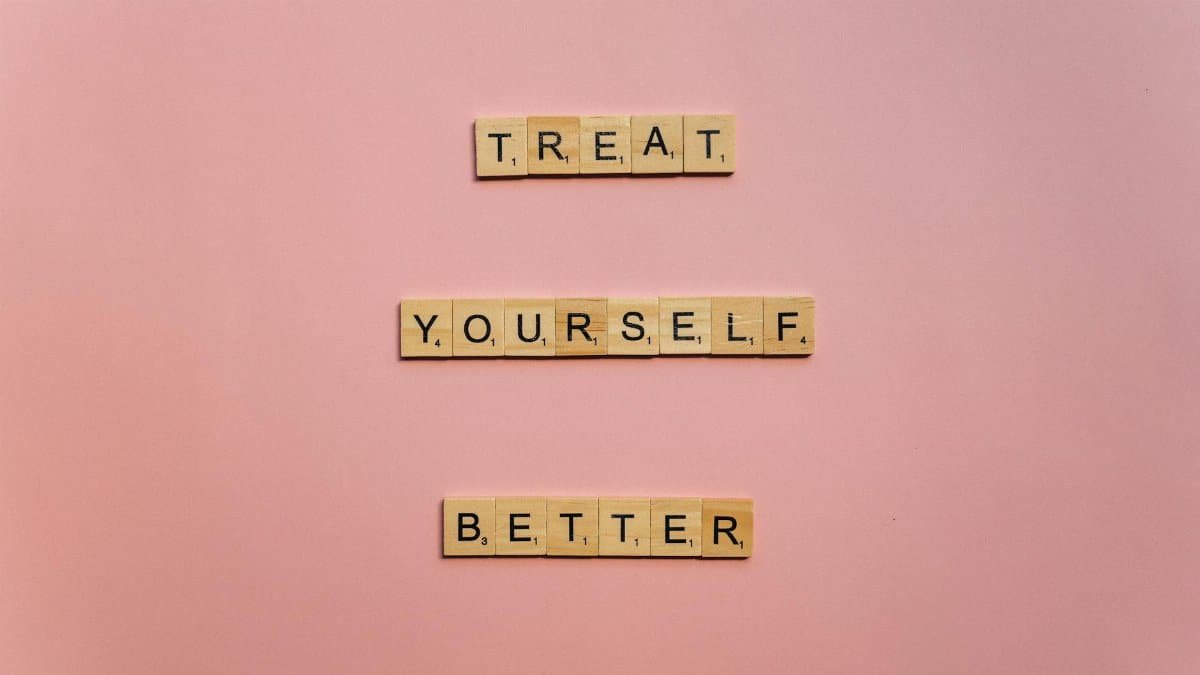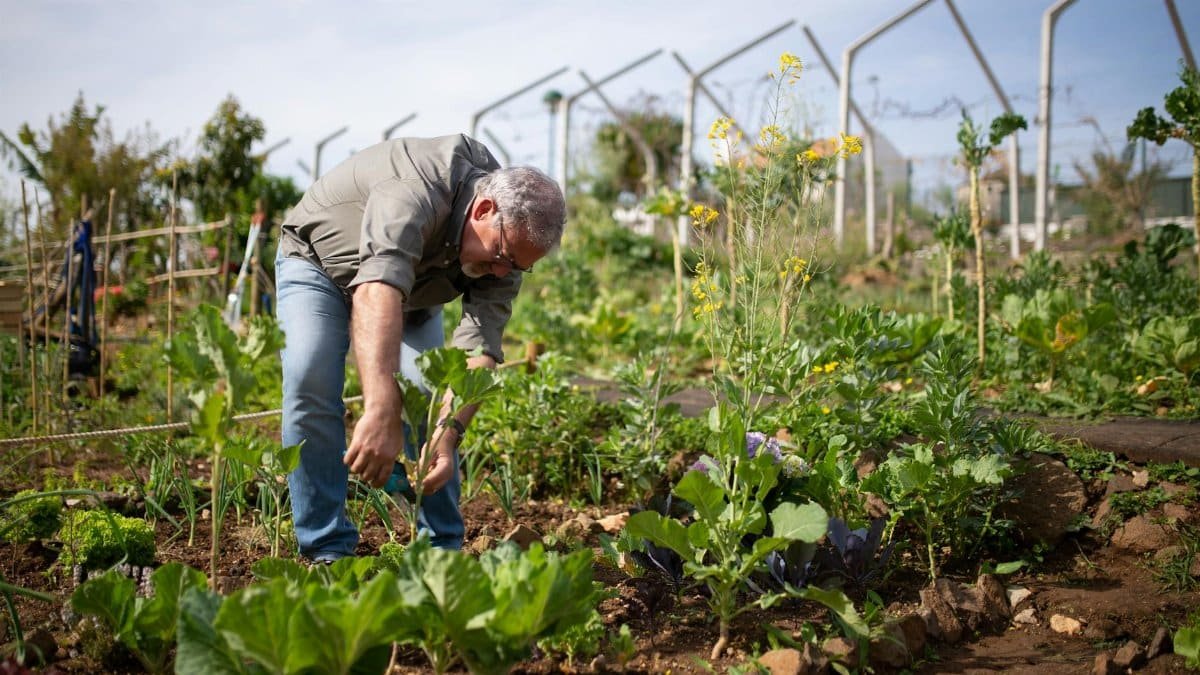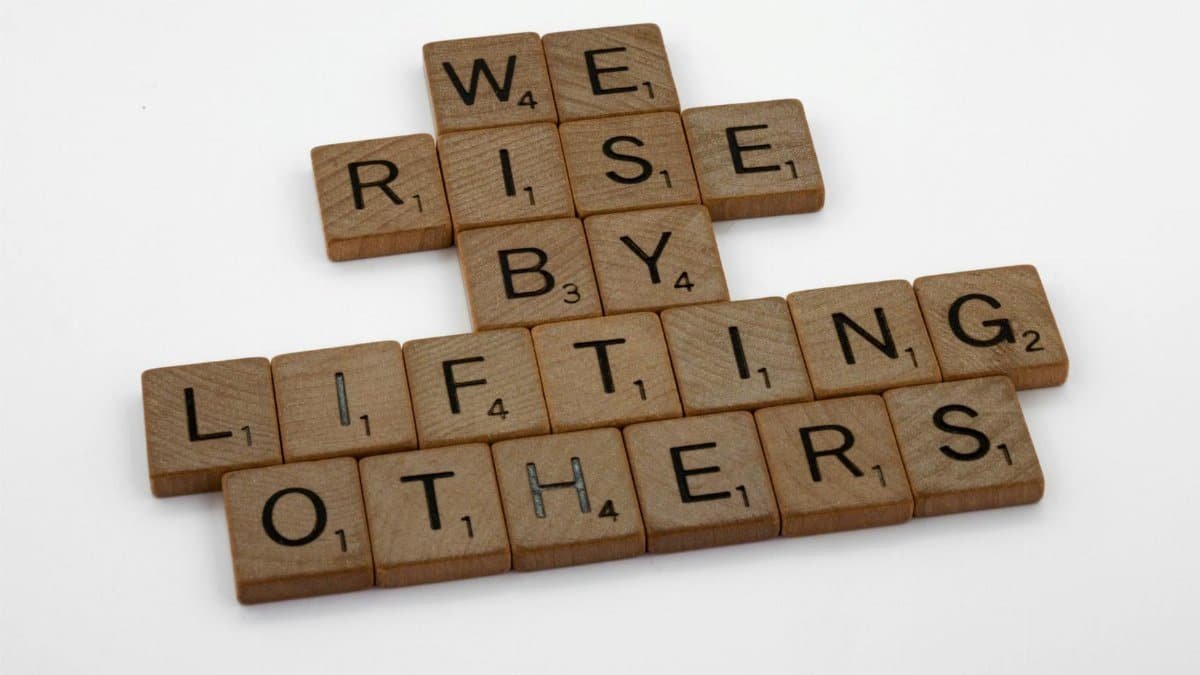Imagine a quiet morning in a small community center in suburban Ohio, where a circle of adults scribbles intently in notebooks, their faces a mix of focus and tentative hope. They’re not drafting to-do lists or journaling woes. Instead, they’re engaging in positive psychology exercises—structured activities designed to shift focus toward what’s good in life, even amid the grind of daily stress. For many, this scene might seem like a niche experiment, but it’s part of a growing movement. Across the U.S., from corporate retreats to personal therapy sessions, these practices are gaining traction as accessible tools for mental well-being. They’re not about ignoring pain but retraining the mind to notice joy, connection, and resilience. In a world often fixated on what’s broken, these exercises offer a counterpoint: a deliberate turn toward light. What makes them stick, though, is where the real story lies.
1. Gratitude Journaling: A Daily Reset

Start with something simple. Gratitude journaling, a cornerstone of positive psychology exercises, asks you to write down three things you’re thankful for each day. It sounds almost trivial, but studies show it can rewire how the brain processes emotions. A 2005 study from the University of California, Davis, found that consistent gratitude practice increased long-term happiness by up to 25%.Greater Good Science Center summarizes this effect as a shift in neural pathways, amplifying positive recall. One person described their experience as “like finally noticing the small wins I’d always skipped over.” Whether it’s jotting down a kind word from a coworker or the warmth of morning coffee, the act builds a habit of seeking good. Over weeks, that habit can dull the edge of chronic stress.
2. Savoring Moments: Slowing Down to Feel

Life rushes by. Savoring, another key exercise, forces a pause. It’s about fully immersing in a positive experience—think lingering over a sunset or replaying a child’s laugh in your mind. Research from the University of North Carolina suggests savoring boosts mood by extending the emotional impact of fleeting joys.UNC News Archive highlights how this practice counters the brain’s negativity bias. Try it with a meal: notice the texture, the aroma, the memory it stirs. It’s less about the moment itself and more about training attention. When practiced regularly, savoring can turn ordinary days into a series of small, vivid anchors.
3. Acts of Kindness: Connection as Cure

What if helping others helped you most? Random acts of kindness—paying for a stranger’s coffee or writing a thank-you note—aren’t just feel-good gestures. They’re backed by data linking altruism to lower stress and higher life satisfaction. A study published in the Journal of Social Psychology noted that participants who performed five kind acts weekly reported significant mood lifts.Journal of Social Psychology ties this to increased serotonin levels. Picture a busy commuter slipping a dollar to a busker and feeling, for a moment, lighter. These acts ripple, fostering connection in a disconnected age. They don’t require grand gestures—just intention.
4. Strength Spotting: Knowing What You’ve Got

Too often, people fixate on flaws. Strength spotting flips that script by identifying personal virtues—think creativity, perseverance, or humor—and consciously using them. The VIA Institute on Character offers tools to pinpoint these traits, showing how they shape daily wins.VIA Institute on Character reports that leveraging strengths boosts confidence and purpose. One middle-aged teacher recalled rediscovering her knack for empathy after years of burnout, using it to connect with struggling students. It’s not about bragging; it’s about recognizing tools already in hand. Applied over time, this exercise can shift self-perception from deficit to asset.
5. Positive Reframing: Flipping the Narrative

Challenges sting. Positive reframing, though, asks you to find a silver lining—not as denial, but as perspective. Lost a job? It’s a chance to pivot. A 2016 study from the University of Pennsylvania linked reframing to reduced anxiety in high-stress scenarios. The trick lies in asking, “What can I learn?” rather than “Why me?” It’s gritty work, often feeling forced at first. Yet, over months, it can dull the reflex to catastrophize. Someone might grumble about a rainy day ruining plans, then pivot to appreciate the cozy indoors. That mental switch, practiced repeatedly, builds resilience.
6. Three Good Things: Ending on a High

Before bed, reflect. The “Three Good Things” exercise, developed by psychologist Martin Seligman, prompts listing three positive events from the day and why they mattered. It’s a quiet ritual, often taking just five minutes. Research shows it counters the mind’s tendency to dwell on negatives, especially after rough days. A parent might note a child’s unexpected hug, a completed project, and a friend’s call—small but grounding. This isn’t about ignoring the bad; it’s about balance. Over weeks, the practice can shift bedtime thoughts from worry to warmth.
7. Future Self Visualization: Dreaming with Purpose

Close your eyes. Picture yourself five years from now, thriving. Future self visualization, a staple in positive psychology exercises, isn’t mere daydreaming—it’s strategic. By imagining specific goals achieved, like running a 5K or mending a relationship, you chart a mental map. Studies suggest this boosts motivation by making distant aims feel tangible. It worked for a retiree who visualized mastering guitar, breaking the goal into daily practice. The mind, tricked into believing success is near, pushes harder. It’s a quiet, powerful tool for persistence.
8. Mindful Breathing: Anchoring the Now

Stress creeps in fast. Mindful breathing—inhaling for four, exhaling for six—offers an instant reset. It’s less about spirituality and more about physiology, slowing the heart rate and easing tension. Research from Harvard Medical School backs its impact on anxiety reduction. The beauty? It’s portable. Stuck in traffic or facing a tough call, a few cycles can steady the nerves. One office worker described it as “a mini-vacation in my head.” Regular practice turns it into a reflex for calm.
9. Social Gratitude: Saying It Out Loud

Gratitude isn’t just internal. Social gratitude involves expressing thanks directly—to a spouse for listening, a colleague for support. It deepens bonds and doubles the emotional lift, for both giver and receiver. Data from the Greater Good Science Center shows voiced appreciation strengthens relationships. Think of a quick text or a heartfelt chat. It’s awkward at first for some, but the warmth it creates lingers. In a culture often too rushed for sincerity, this exercise carves out space for connection.
10. Peak Experience Recall: Reliving the Best

Remember a high point—a wedding, a hard-won achievement. Peak experience recall involves revisiting that memory in detail: the sounds, the emotions, the people. It’s a deliberate dip into past joy to fuel present strength. Psychologists note it can counteract burnout by reminding us of capacity for happiness. A veteran might recall a day of camaraderie, using it to face a lonely stretch. It’s not nostalgia; it’s a resource. Done weekly, it builds a mental reserve of resilience.
11. Optimism Training: Expecting Better

Pessimism often feels safer. Optimism training challenges that by practicing hopeful outlooks—assuming a delayed flight means extra reading time, not disaster. It’s rooted in cognitive behavioral techniques, with studies showing reduced depression symptoms over time. The key is specificity: imagine positive outcomes vividly. Someone dreading a meeting might picture it going smoothly, easing dread. It’s not blind positivity but a calculated shift. With repetition, the mind leans toward possibility over dread.
12. Self-Compassion Break: Cutting Yourself Slack

Harsh self-talk is common. A self-compassion break—pausing to acknowledge pain, remind yourself everyone struggles, and offer kind words internally—counters that. Developed by Kristin Neff, it mirrors how you’d comfort a friend. Research links it to lower stress and better coping. Picture a missed deadline: instead of spiraling, whisper, “It’s okay, try again.” It feels odd initially, but softens inner criticism. Over time, it fosters a gentler self-relationship.
13. Joyful Movement: Body as Ally

Exercise isn’t just physical. Joyful movement—dancing, gardening, anything active you love—ties motion to mood. Positive psychology emphasizes enjoyment over obligation. Studies show even 20 minutes lifts endorphins, enhancing outlook. One online account described rediscovering childhood joy through hula-hooping, laughing off clumsiness. It’s less about fitness goals and more about play. In 2025, with sedentary habits rising, this exercise offers a dual win for body and mind.
14. Hope Building: Mapping What’s Possible

Hope isn’t passive. This exercise involves setting a goal, brainstorming paths to it, and anticipating obstacles. It’s practical optimism, grounded in agency. Research from the University of Kansas ties hope to better problem-solving. A student might map out graduating debt-free, listing steps and backups. It’s detailed, even tedious, but clarifying. When setbacks hit, the roadmap keeps focus. It turns vague wishes into actionable steps, sustaining drive.
15. Positive Gossip: Lifting Others Up

Gossip isn’t always toxic. Positive gossip—sharing praise about someone behind their back—spreads goodwill. It’s subtle: telling a friend how another’s humor brightened your day. Studies suggest it fosters trust and community. It shifts focus from critique to appreciation, a rare pivot in casual talk. A workplace might hum differently if coworkers highlight strengths over flaws. It’s a small act with quiet, cumulative power to shift group dynamics.
16. Legacy Reflection: Meaning Beyond Today

What will you leave behind? Legacy reflection, a deeper positive psychology exercise, asks how you want to be remembered. It’s not morbid but motivating, aligning actions with values. Write a letter as if from a future admirer, detailing your impact. It can crystallize purpose, whether through family, work, or kindness. A grandparent might focus on stories shared with kids. Done periodically, it reframes daily choices as part of a bigger arc.
